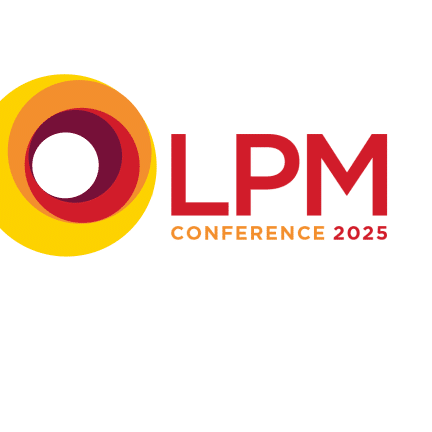
Three steps to driving digital transformation with an outcome mindset
Next-level leaders are now focusing on higher-level business outcomes to achieve a timely return on investment with an outcome mindset, according to Natalie Alesi, customer success senior director at iManage.
What was the last outcome you wanted to achieve with a past technology project? It’s common to hear goals like “we want to get to the cloud” or “we need to move all users to this platform”. But to get to a point where you can demonstrate ROI, you need to shift your mindset from deployment to implementing a change that leads to true business transformation. That’s where the outcome mindset comes in.
People assume their organisation needs to change after a technology installation or data migration occurs. The challenge is to make those changes happen simultaneously with these three key strategies.
Engage your users
Engaging your users can be a struggle in professional services organisations as there can be a gap between the technology teams and the people using the tools at the end of the chain. That gap is going to stop you from achieving the overall success outcomes.
First of all, it will mean that you won’t deliver something that will ultimately be valuable to people because you haven’t got a rich understanding of how people work. Secondly, if you’re unable to explain it to them in terms that resonate with them, then that gap is just going to get wider.
Engaging with users as much as possible will be advantageous in sculpting what success outcomes you want to drive. Being close to the work people are doing, and the specific problems they are facing will help you shape your success outcomes.
You’ll likely have to make critical decisions on configurations of customisations that can only be informed by those using the technology on a day-to-day basis.
Employ a framework
Think about what success looks like for your organisation. If your goal is increased collaboration, ROI, then set that as your outcome and work backward from that point using a framework of four categories: troubled, surviving, succeeding and thriving.
You can plot where your organisation sits on that scale in the key areas of people, process and product. For example, you may need help with people resources, requiring a project champion to push the project forward.
If you think about your processes, you may identify a need for more solid documentation on your operations and limited training around them. When plotting these different threads, you’re finding that you may be troubled or surviving in some areas, and by moving the needle, you can achieve that higher level of business outcome.
When you think about this perspective, it should be easier to identify those critical areas of change that all lead to a successful outcome for the organisation.
Achieve stakeholder buy-in
Finally, you need to get buy-in from the decision maker and sponsor and overcome any stakeholder objections. This can be an interesting one because this varies from organisation to organisation. Some will have relatively senior decision-makers and sponsors that will already be speaking this language. For those people, your framework and outcome mindset might be music to their ears. The rest of the organisation aligns with the business outcomes the firm wants to achieve.
You’ve got a slightly different dynamic in organisations where this approach is just as new for the decision-makers and sponsors. By introducing leaders and decision-makers to this methodology and gaining their buy-in, you can leverage their influence and authority to drive impactful change. This top-down approach empowers you to make a greater impact by harnessing the collective momentum and support of those in key positions, rather than relying solely on individual efforts to generate change from the ground up. Not only do you get to deliver more effective projects, but you get to introduce this new skillset to the leaders of your organisation. That’s an exciting proposition and can help build bridges and deliver more successful projects in the future.
These strategies will let you develop a process with the freedom to pilot things, see how they work and repeat them and continuously iterate until you are confident that you’re achieving that successful outcome.



